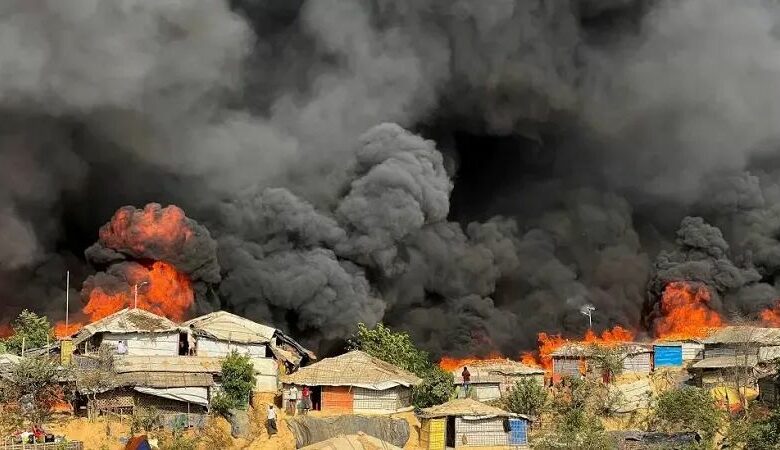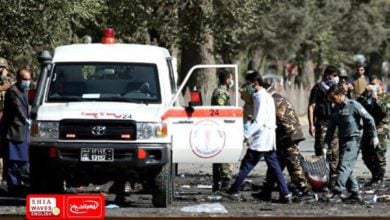
The hungry and desperate are now much more so. Last month, the rations to Rohingya living in the world’s largest refugee camp – Cox’s Bazar, Bangladesh – were slashed.
Another drastic cut is due next month. This is, as a UN expert warned, a matter of life and death. The Rohingya have lived on a knife edge for too long.
Their suffering made global headlines in 2017, when the Myanmar military, supported by militias, launched a murderous campaign that took thousands of lives, forced 700,000 to flee Rakhine state for Bangladesh and was described by a UN human rights expert as genocide.
In the last two years, what little attention has been paid to Myanmar has focused on the military’s coup and attempts to crush civilian resistance. But the suffering of the Rohingya began decades ago and continues to this day, even outside Rakhine state.
Many had fled before, returning (not always by choice) when they were assured it was safe. It was not. They experienced discrimination and repression, military operations, pogroms and the stripping of their citizenship. The 600,000 or so who remain in Myanmar are confined to camps, subject to government violence and denied essential services.
Conditions in Bangladesh have become so poor that the number attempting dangerous sea crossings to Malaysia or Indonesia increased fivefold last year, to more than 3,500, at the cost of around a tenth of those lives.
Earlier this month, a huge blaze tore through one of the camps at Cox’s Bazar, leaving an estimated 12,000 people without shelter – the latest in a series of fires endangering lives and destroying the meagre possessions that the refugees can still muster.
It has been blamed on the armed gangs that menace, rob and murder inhabitants in the camps. Rohingya complain that Bangladeshi police have failed to root out the violence, and instead harass and extort from them.






